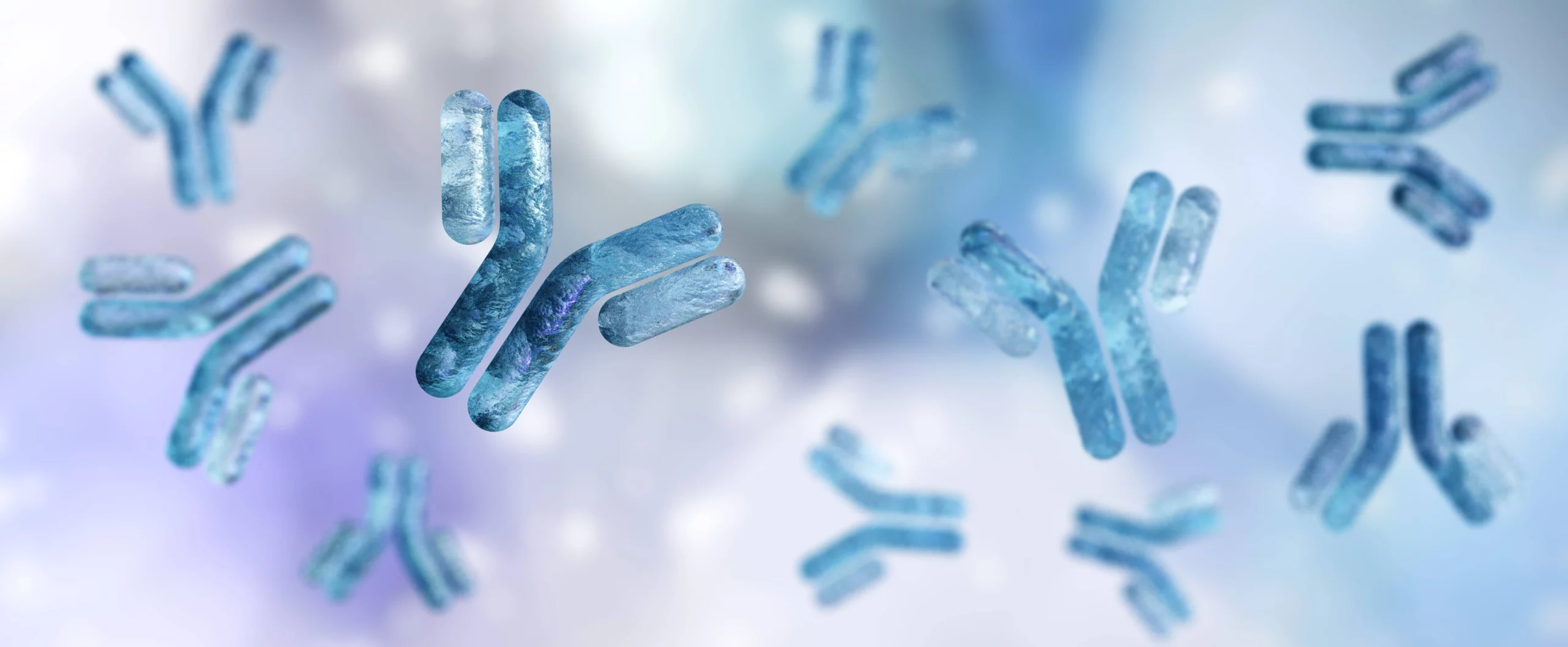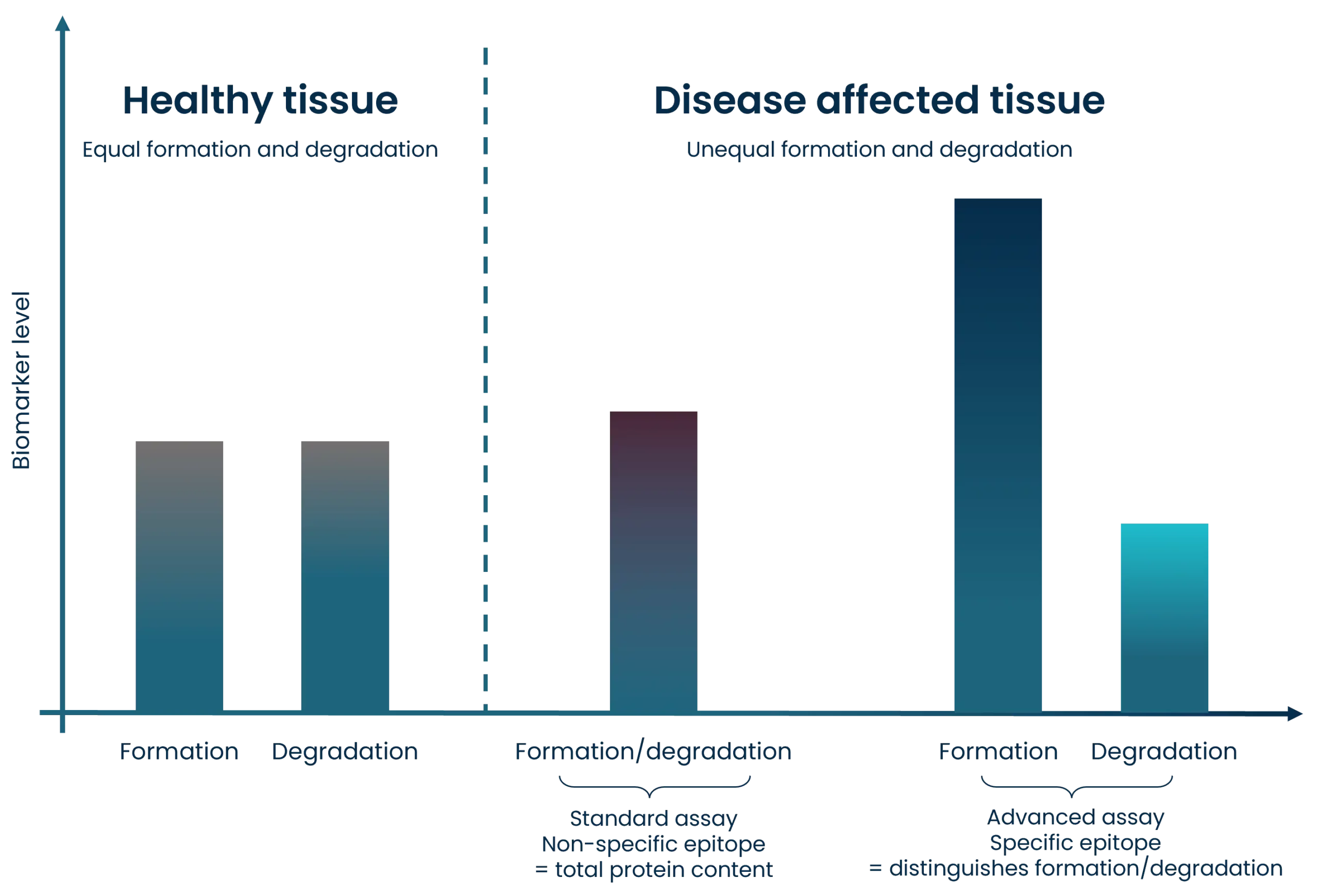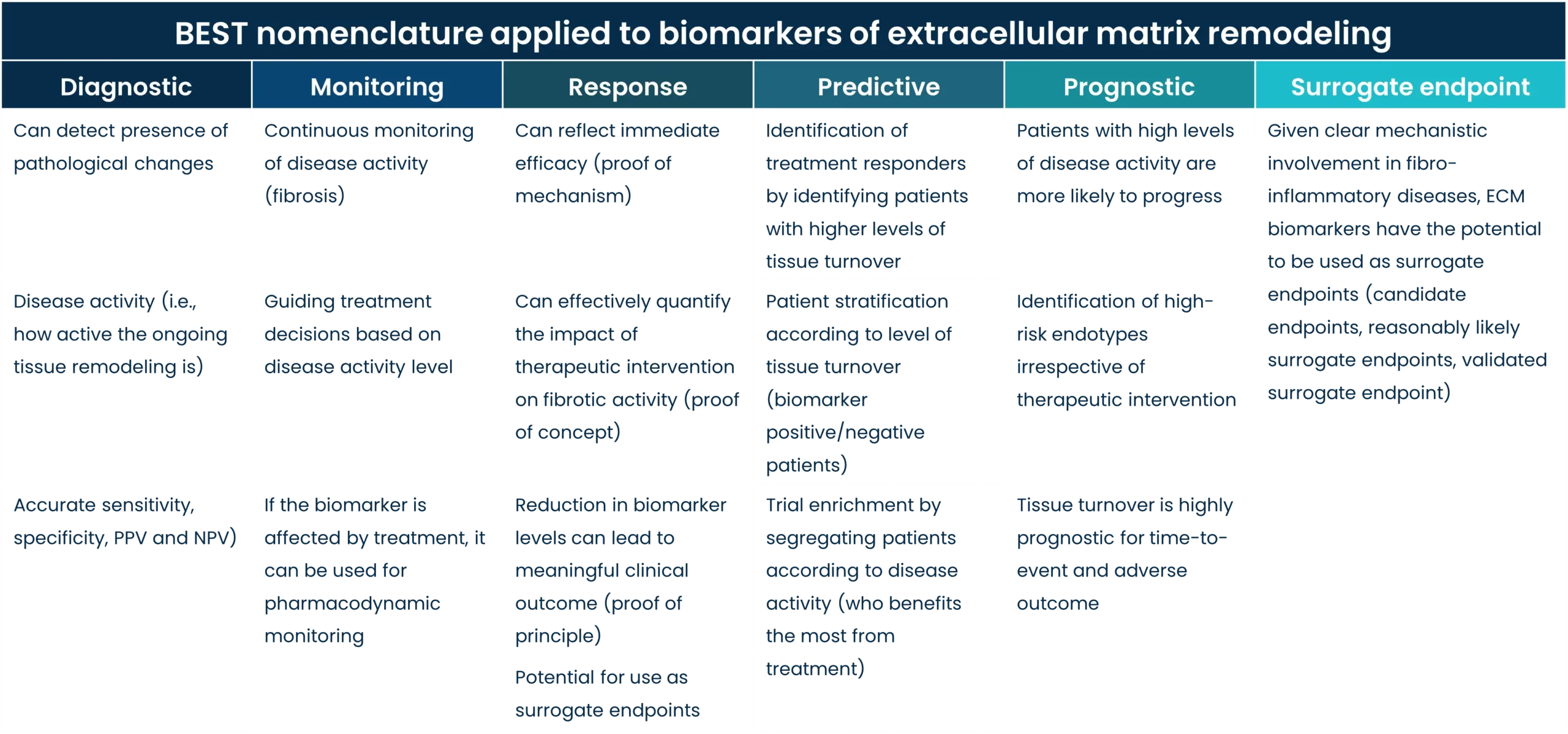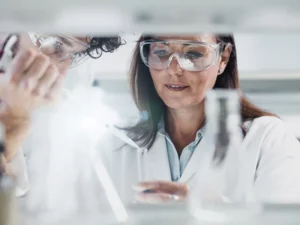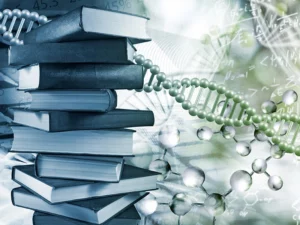Extracellular matrix (ECM) turnover and homeostasis is becoming increasingly acknowledged as a pathological factor affected by fibro-inflammatory diseases. This process is involved in multiple different disease indications, including those affecting the liver, kidneys, heart, and lungs. Because of this increasingly clear association to many different pathologies, biomarkers reflecting tissue destruction and fibrosis can be implemented across disease indications to help guide drug development and clinical trial evaluation.
Novel treatments are being investigated for their effect on ECM remodeling, calling in turn for novel biomarkers to reflect this impact; such biomarkers may reveal novel drug targets and help separate pathological pathways. An essential fact of drug development is that biomarkers of ECM remodeling provide tools for evaluating changes to the ground substance in the organs. This is because collagens and other ECM proteins make up the main bulk of organs.
In fact, more than 50 different diseases are associated with changes in the tissues of organs, tissue formation or degradation, leading to tissue changes that affect tissue function. For example, dysregulated tissue homeostasis is a common feature associated with fibro-inflammatory diseases. It is implicated as both a cause and consequence of disease and outcome, is associated with up to 35% of deaths in the western world and is projected to increase. To be truly efficacious, and not just symptomatic, drug developers should also focus on treatments that affect the organs and reverse the organ damage conflicted in the ECM.
